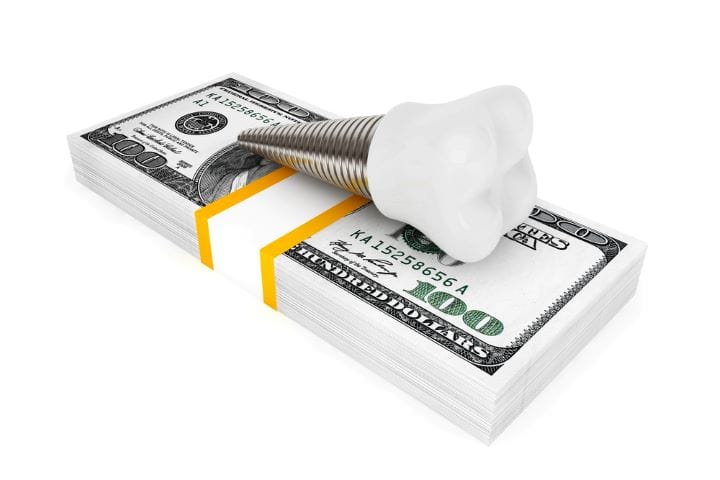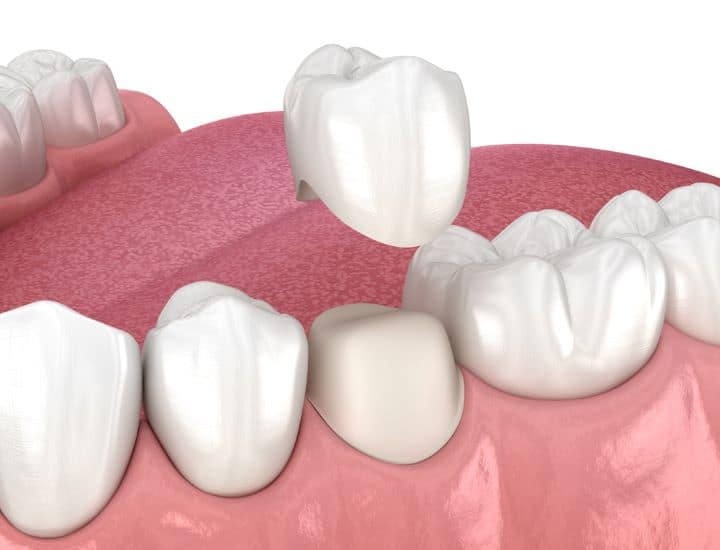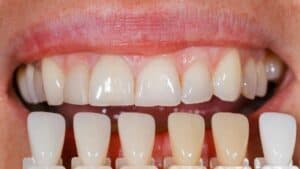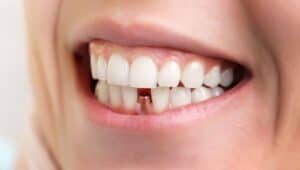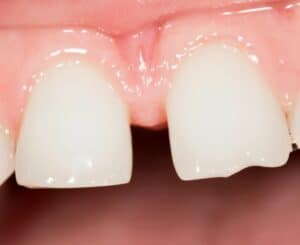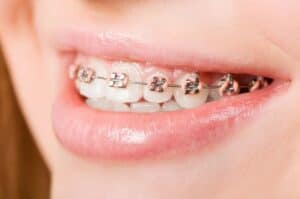For centuries, archived records show that individuals have had a fascination with straight teeth.
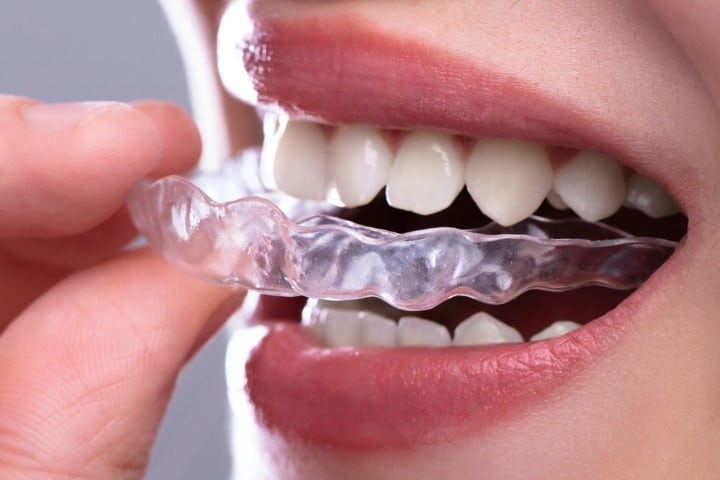
But for as long as we can remember, metal brace-like devices have monopolized this market and been established as an orthodontic mainstay.
Fortunately, The last decade has witnessed an overhaul of new dental appliances that guarantee a hassle-free treatment: invisible clear aligners or braces.
Invisible aligners offer a convenient and comfortable alternative to realigning your teeth.
Here’s everything you need to know about Invisalign.
What are dental clear braces?
Treatment with clear braces may involve an orthodontist or dentist but they also come in home-based systems.
In the latter, patients are responsible for taking scans of their teeth and sending them to a direct-to-consumer brand that then supplies the final products.
What are Invisalign Aligners?
Invisalign is a brand of clear plastic aligners that have been accredited for the popularization of this novel teeth-straightening model. Founded in 1997 by Align Technology, it uses patented SmartTrack thermoplastic aligner material to help transform smiles.
Invisalign like most clear aligners is made from medical-grade plastic that can realign teeth without the use of metal bracket-and-wire systems. These orthodontic aligners are also “less conspicuous” in nature, making them an ideal treatment option for young adults and teens.
According to the Invisalign website, more than 12.8 million people around the world have benefited from correcting their crooked smiles using Invisalign.
How does Invisalign work to straighten teeth?
The Invisalign system is unique in how it works. Invisalign uses a series of tight-fitting custom-made mouthpieces that snugly fit over the upper and lower teeth.
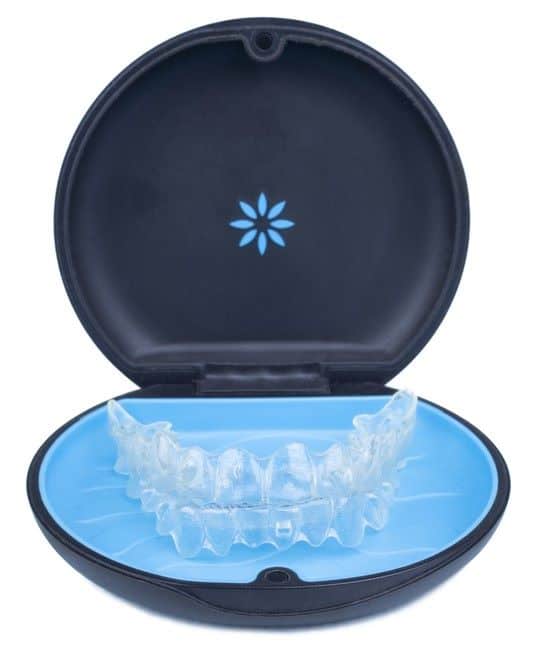
On average, orthodontists may assign 18 to 30 trays depending on the individual’s case.
You may be perplexed by how the aligners of Invisalign work. This is how.
It utilizes a sequence to custom-fit aligners, that help slowly move the teeth into proper position. They realign your teeth using constant and gentle forces and distributing them across all the teeth.
The patient moves on to their new aligner set when the movement brought on by the current aligners is on track and satisfactory. At times, your doctor may also apply SmartForce attachments to your teeth which are small buttons that give aligners leverage to move easily.
With these braces, the patient experiences less discomfort due to the gradual forces applied by the device as compared to fixed metal appliances like braces. Experts report that the aligners move the teeth a quarter of a millimeter at a time.
To ensure the smooth progression of the treatment, orthodontic treatment using the Invisalign appliance requires stringent dedication from the patient to wear the device as required.
Invisalign process
Knowing what to expect from your Invisalign treatment process will help you decide if this route is the right one for you. Here is a detailed step-by-step of what’s involved in getting these invisible braces, including the diagnosis and treatment.
- Step 1: Initial consultation
The first step in the process will involve a visit to the orthodontist. At this first appointment, your dentist will examine the conditions of your teeth and oral tissues. They will discuss with you the treatment protocol and whether or not it is a treatment you should consider getting.
- Step 2: Molding process
If you are deemed an eligible candidate for Invisalign, your doctor will then take a digital scan of your mouth using an intraoral scanner.

This device then transfers the pictures of your mouth to software that will then create a 3D image of your mouth and jaw.
Using this image, your dentist put together a treatment plan for moving your teeth into their proper places. The software also allows them to predict the estimated length of the treatment.
The images are then sent to a lab for fabrication.
- Step 3: First fitting
When your trays arrive from the laboratory, you will be called in to pick them up. During this appointment, your ortho specialist may fit small attachments on your teeth to help the aligners stay in place.
With your trays fitted and ready to go, you will then be given instructions on aftercare, proper wear techniques, and the total recommended wear time.
- Step 4: Follow-up appointments
It is your time to return to the dentist after a few weeks of your trays being fitted. Your dentist will assess your tooth movements and how well the aligner trays fit.
You will have to go in to receive your new aligner trays every one to two weeks, depending on the treatment plan. You can also return periodically to check the progress of your teeth or spontaneously if you experience any problems.
- Step 5: Final appointment
After the recommended treatment duration, you can then return to your dentist to make sure that the treatment is complete. You may be fitted for your retainer during this appointment or the next and be asked to wear them as recommended.
Your teeth are in a fragile state after they achieve their new positions from aligner therapy. Retainers are custom-made devices prescribed to patients after their orthodontic treatment to help keep them in their newly designated places and prevent relapse from occurring.
How long does Invisalign treatment take?
Several factors can influence orthodontic treatment time with Invisalign braces like patient compliance to wear of the device, complexity of malocclusion, or other complications that may arise throughout the treatment process.
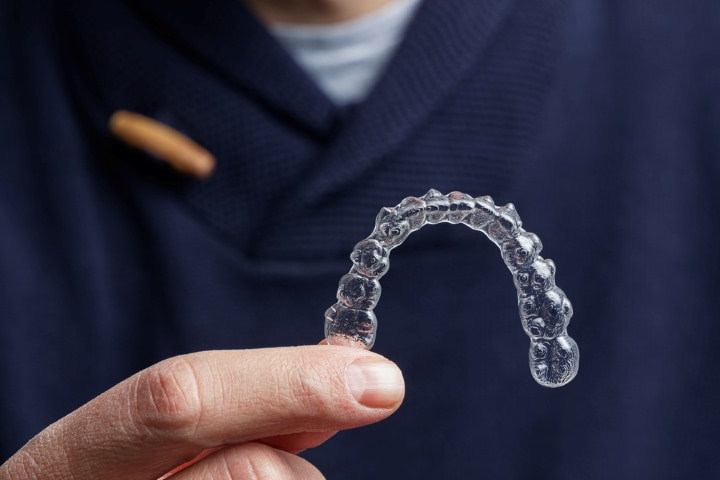
For simpler cases, treatment can last as short as six months. For more complex cases like gap closures, it could to close to 24 months from the start of treatment to the very end. You may not be recommended for severe skeletal malalignment.
How should you wear Invisalign?
The truth is that one of the most critical factors in achieving the desired outcomes from the treatment is patient compliance. Therefore, you must adhere to the recommended duration of wear for your teeth to move easily and within the bounds of the treatment duration.
When you pick up your aligners, your dentist will instruct you to wear these aligners for 20 to 22 hours a day except for when you have to eat, drink, or clean your teeth.
Each set will be changed every 1 to 2 weeks, as directed by your doctor, for a new set of aligners as they gradually shift the teeth into their new places.
Cost of Invisalign treatment
The treatment can vary in price depending on the case complexity and the duration of treatment. There are several different options for treatment with these aligners that are reliant on the patient’s age and their orthodontic needs.
Very mild to mild malocclusion
- Express (up to 5 aligners): $1,200 to $1,800
- Express (up to 7 aligners): $1,500 to $2,000
Mild to moderate malocclusion
- Lite (up to 14 aligners): $3,000 to $4,500
- Moderate (up to 20 aligners): $3,500 to $5,000
Moderate to severe malocclusion
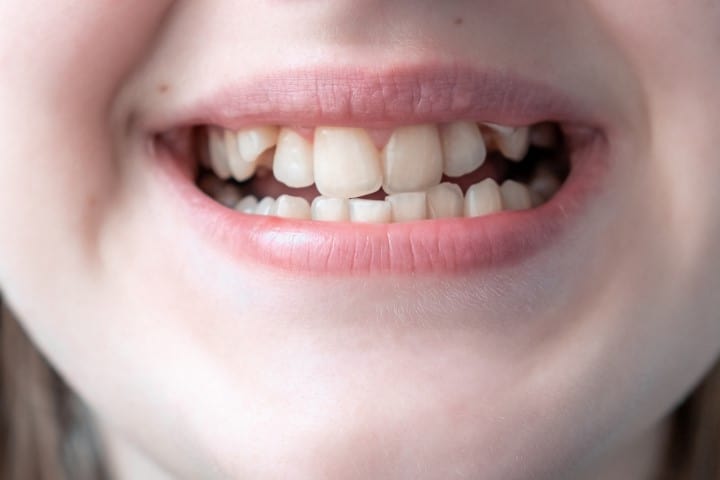
- Comprehensive (unlimited aligners): $4,000 to $8,000
Options for growing children
- First Comprehensive (unlimited aligners): $3,000 to $4,500
- First Comprehensive Phase 2 (unlimited aligners): $3,000 to $4,500
Typically, the treatment is also covered by dental insurance anywhere from 25% to 50% of the total cost of Invisalign.
How to take care of your Invisalign aligners
As you’re handed your first set of aligners, you should get into the practice is properly taking care of it to ensure that your oral health is maintained.
- Clean your aligners regularly: Gently scrub your aligners with lukewarm water and a soft toothbrush in both the mornings and evenings as you brush your teeth.
- Avoid abrasives: Do not make use of abrasive material like soap, denture cleaner, or mouthwash to clear your set as they can make the trays appear dull.
- Regularly rinse them: Rinsing your trays will rid them of saliva and plaque before you place them in their set, preventing bacteria from breeding.
- Soak them daily: To keep them odor-free and hygienic, you should drop them into a cup of lukewarm water and let them soak for 15 minutes every day.
- Do not eat with them in: Remember to remove the trays when you eat or drink as you risk accidentally staining them.
- Brush and floss daily: You should also brush and floss your teeth without your trays in as this ensures the food debris trapped in your teeth or gums is washed away.
- Store them in a case: Keep these trays in their case when not in use to avoid losing or damaging them.
Is Invisalign Right for You?
If you want to know if Invisalign is the right treatment option for you, pay attention to this list of dental malocclusion issues that are best fixed by this appliance.
As a unique type of orthodontic treatment, it can be used to treat:
- Some forms of bite issues like overbite, underbite, and crossbite
- Open bite
- Uneven gaps between the teeth
- Crowded teeth
- Crooked teeth
Considering Invisalign means making a big commitment to properly taking care of your trays and being available at every scheduled doctor’s appointment. During your initial assessment process, your doctor will also inform you about the various lifestyle considerations required for this treatment.
Benefits of Invisalign Aligners
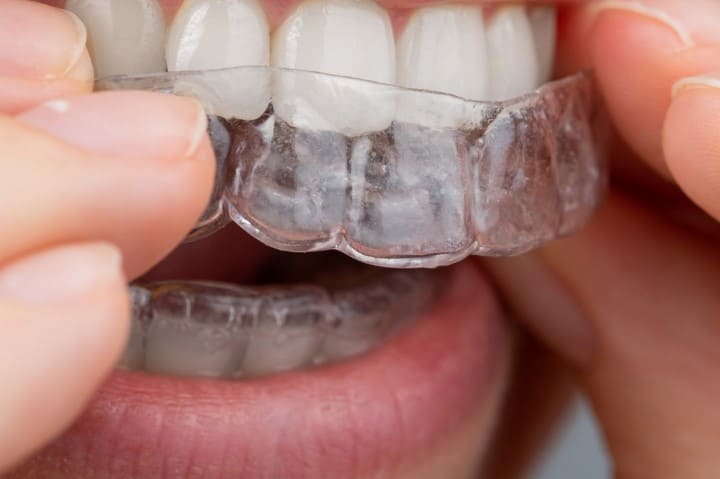
It offers a wide range of benefits like:
- Discreet appearance: One of the most cited reasons for choosing this appliance is due to its discreet and virtually invisible appearance.
- Comfort and convenience: Since these trays are easy to remove, the convenience of doing so is in your hands, although experts would not recommend you remove them for more than two hours daily.
- Removable for easy cleaning and eating: You can easily remove the trays from your mouth when needed, especially during meals and brushing.
- Correcting various orthodontic issues: In the beginning, clear aligners were used to treat only mild to moderate malalignment, however, with newer versions of the appliance, it may also treat severe dental issues.
- Customized treatment process: Each treatment plan is tailor-made to fit the patient and their special oral needs.
- Predictable results with the use of advanced technology: Orthodontists can predict the changes that would occur in each phase and also during the overall completion of treatment.
Clear Aligners vs. Traditional Braces
While Invisalign and traditional braces are both excellent methods to fix crooked teeth, there are some key differences between the two.
Aesthetics and appearance
Traditional metal braces use brackets and wires to form the framework that helps align the teeth. Unlike braces, these aligners use thermoplastic material to do the same. Comparatively, the latter is preferred due to how sleek it looks.
Comfort and convenience
The Invisalign system promotes comfort and ease of wear with its trays. Patients can remove the aligners as they please which cannot be the case for fixed metal appliances like braces. Metal braces also cause nicks and cuts to the tissues.
Treatment duration
When comparing the two, there isn’t much difference in orthodontic treatment time.
Treatment with braces usually takes 24 months to complete whereas treatment with Invisalign takes anywhere from six to 18 months to move your teeth successfully.
Maintenance
Maintaining oral health while wearing braces can be difficult as food particles get stuck between the metal wires.

With the smooth finish of plastic aligners, you can keep your teeth and gums free of trapped food and maintain better oral care.
Aftercare
A retainer marks the end of the treatment for both clear plastic braces and metal braces. The duration of wear will depend on the complexity of your case.
Aligners cost vs Braces cost
Conventional braces cost anywhere from $3,000 to $10,000 depending on the severity of the patient’s malocclusion. Aligners cost fairly cheaper with $3,000 to $8,000 being the typical price range.
Takeaway
While traditional metal braces might be the poster child of teeth-straightening, clear aligners win the title of ‘fan favorite’. The clear aligner revolution, led by Invisalign and its many competitors has made people reflect and wonder if these removable and undetectable devices are worth the hype.
These near-invisible heroes have transformed smiles around the world, and for good reason. If you’re interested in getting clear aligners and straighter teeth, contact your doctor to explore your options.
FAQs
- How invisible are these invisible modern-day braces?
These trays are translucent and made with specialized plastic that gives you a virtually invisible wear experience. Even if you are up close with a person wearing them, it is still hard to spot.
- Can I wear my Invisalign straighteners when I play sports?
It is only designed to straighten your teeth and not at all to serve as a mouth guard. Dentists suggest that you get a custom mouth guard made to wear during sports and remove your Invisalign trays.
- Does Invisalign hurt?
The entire process of getting clear plastic aligners involves minimal discomfort and pain. While you may feel uncomfortable wearing the trays for the first few days, this will go away as you continue to wear them.

